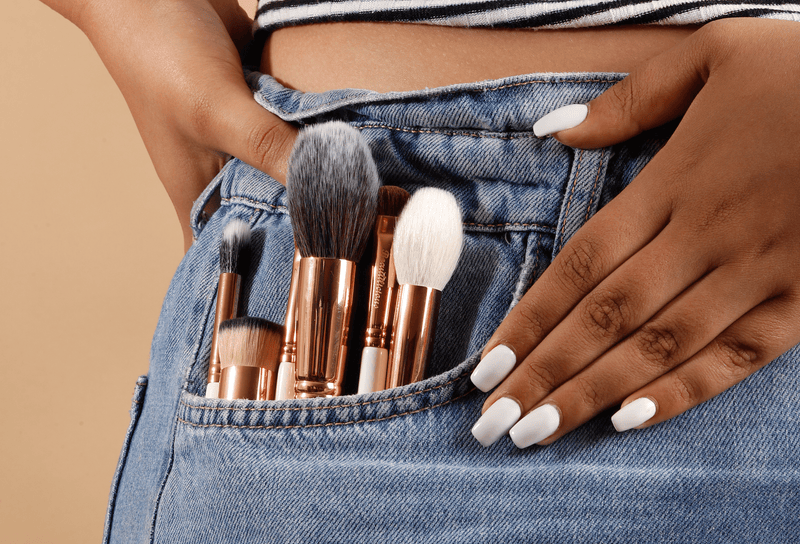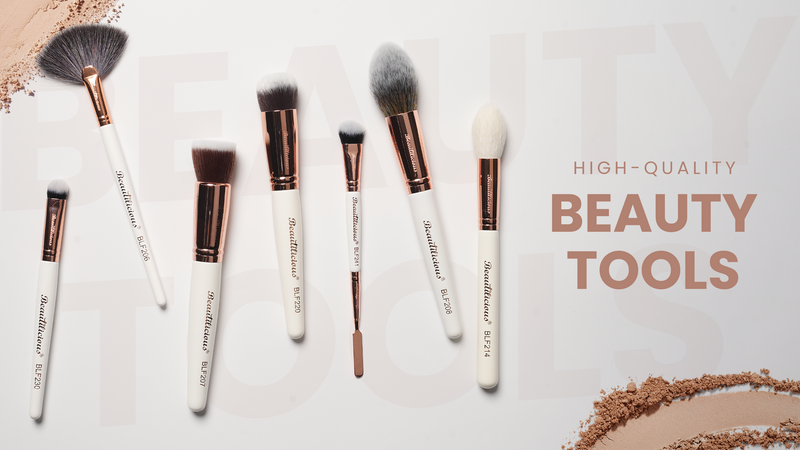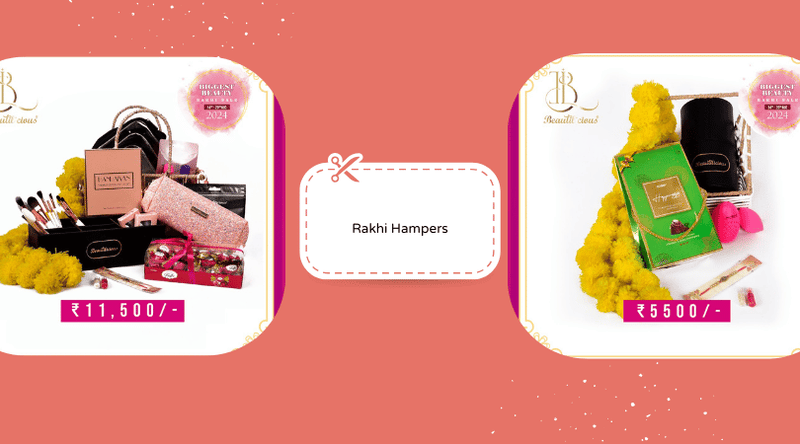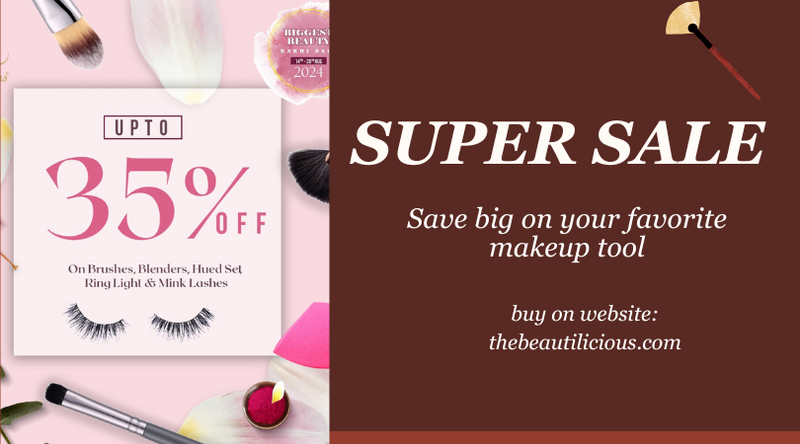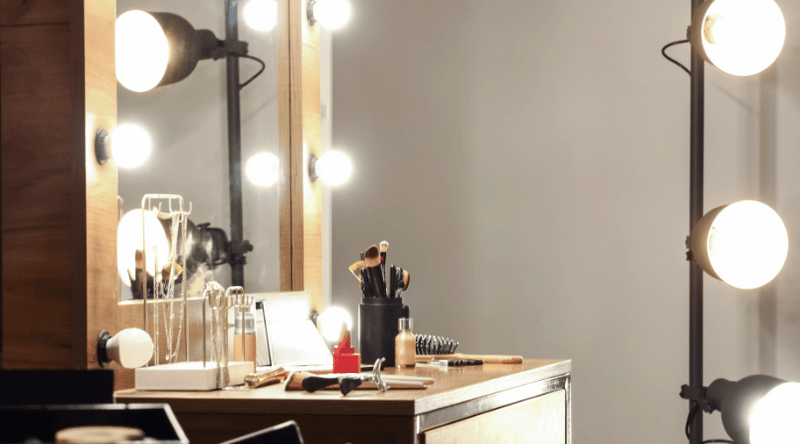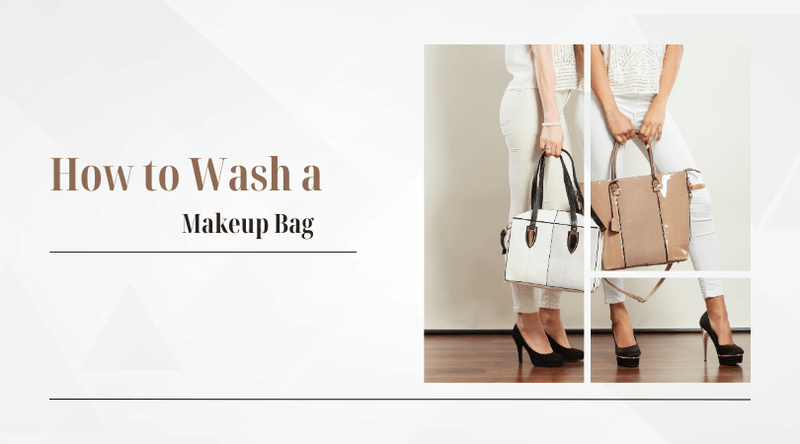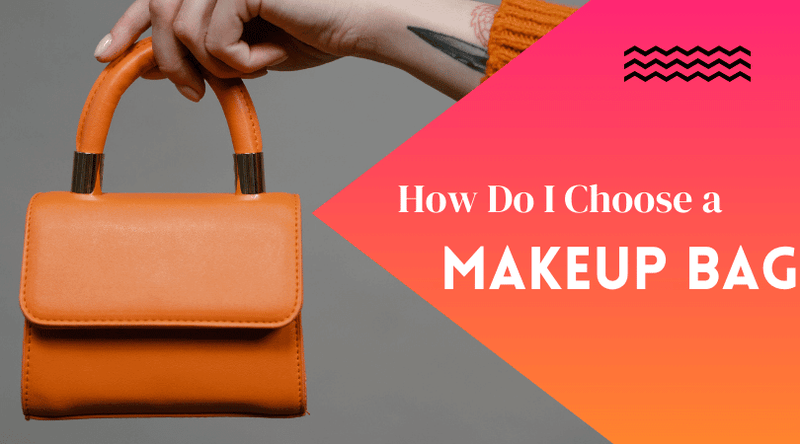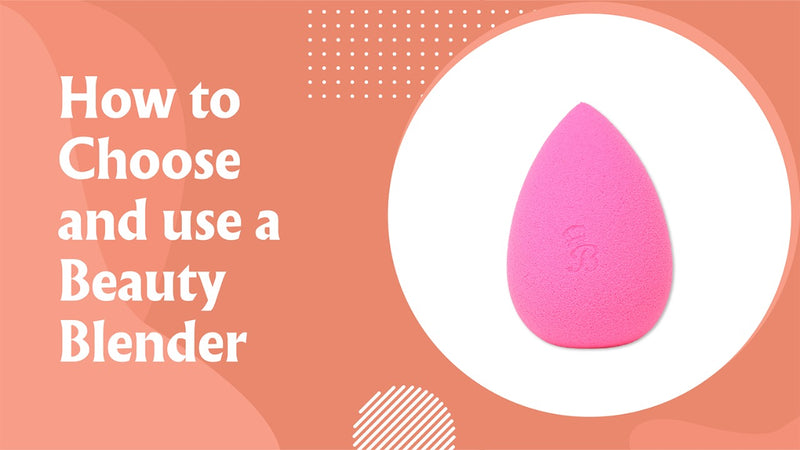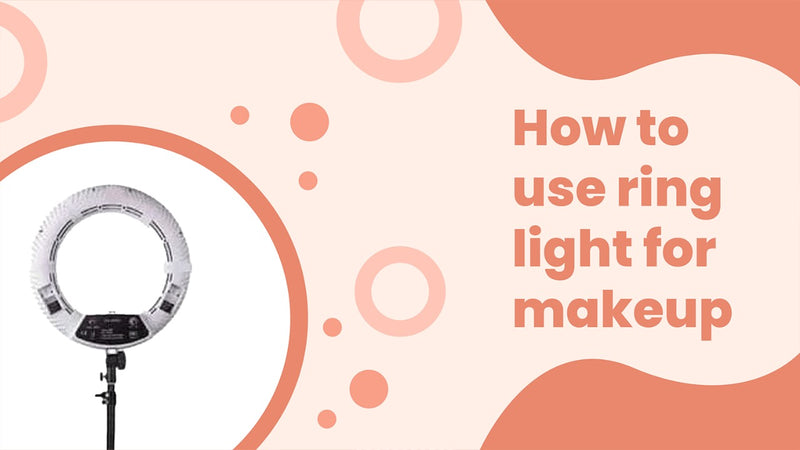

Foundation brushes come in various shapes and sizes, each designed to achieve different makeup application techniques. Here are some common types of foundation brushes:
1. Flat Foundation Brush:
This flat foundation brush has a flat, dense head with synthetic bristles that are tightly packed. It provides a smooth and even application of liquid or cream foundation.
2. Buffing Brush:
The buffing brush has a rounded, dense head with soft bristles. It's ideal for blending and buffing in liquid or powder foundation, creating a seamless finish.
3. Stippling Brush:
This brush has two layers of bristles – a dense base with a lighter, feathery top. It's great for achieving an airbrushed look with liquid or cream foundation.
4. Kabuki Brush:
A flat kabuki brush has a short, dense head with soft bristles. It's often used for applying powder or mineral foundation, providing a full-coverage finish.
5. Angled Foundation Brush:
As the name suggests, this brush has an angled head, which allows for precise application and blending around the contours of the face.
6. Flat Top Foundation Brush:
This brush features a flat, circular top with dense bristles. It's commonly used for applying and blending cream or liquid foundation, providing a flawless and high-coverage finish.
7. Silicone Foundation Brush:
These brushes have a smooth, non-porous surface, making them easy to clean and maintain. They are typically used with liquid foundation for a streak-free application.
8. Duo-Fiber Foundation Brush:
This duo-fiber brush has a combination of longer, softer bristles and shorter, denser bristles. It's great for achieving a sheer, natural-looking finish with liquid or cream foundation.
9. Round Foundation Brush:
With a rounded head and dense bristles, this brush is excellent for buffing in liquid or cream foundation for a seamless result.
10. Tapered Foundation Brush:
A tapered foundation brush is a versatile tool designed to provide precise application and seamless blending of liquid or cream foundation. Its unique shape features a pointed tip that gradually widens towards the base, resembling a tapered cone.
Remember that the type of foundation brush you choose depends on your personal preference and the formula of the foundation you're using. Experimenting with different makeup brushes can help you find the one that suits your needs and desired makeup look best.
Here are some tips for choosing the right foundation brush:
- Consider your skin type. If you have oily skin, you will want to choose a brush that is made of synthetic bristles. Natural bristles can absorb oil, which can make your makeup look cakey.
- Consider the type of foundation you use. If you use a liquid or cream foundation, you will need a brush that can hold a lot of product. A powder foundation brush will not be able to hold enough product to give you enough coverage.
- Consider the finish you prefer. If you want a natural finish, you will want to choose a brush that has a light touch. If you want a more full-coverage finish, you can choose a brush that has more coverage.
Once you have chosen the right foundation brush, you can start applying your foundation.
Here are some tips for applying foundation with a brush:
- Start with a clean face. This will help your foundation to go on smoothly and evenly.
- Apply a small amount of foundation to the brush. You can always add more if needed.
- Start applying the foundation in the center of your face and work your way outwards.
- Blend the foundation well. This will help to create a smooth, even finish.
- If you want to add more coverage, you can apply a second layer of foundation.
With a little practice, you will be able to achieve a flawless foundation application with a brush.









